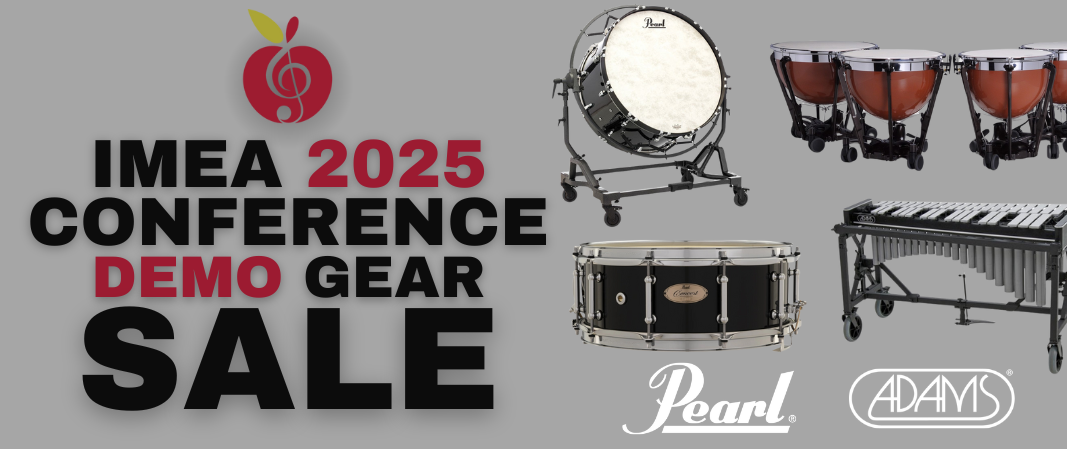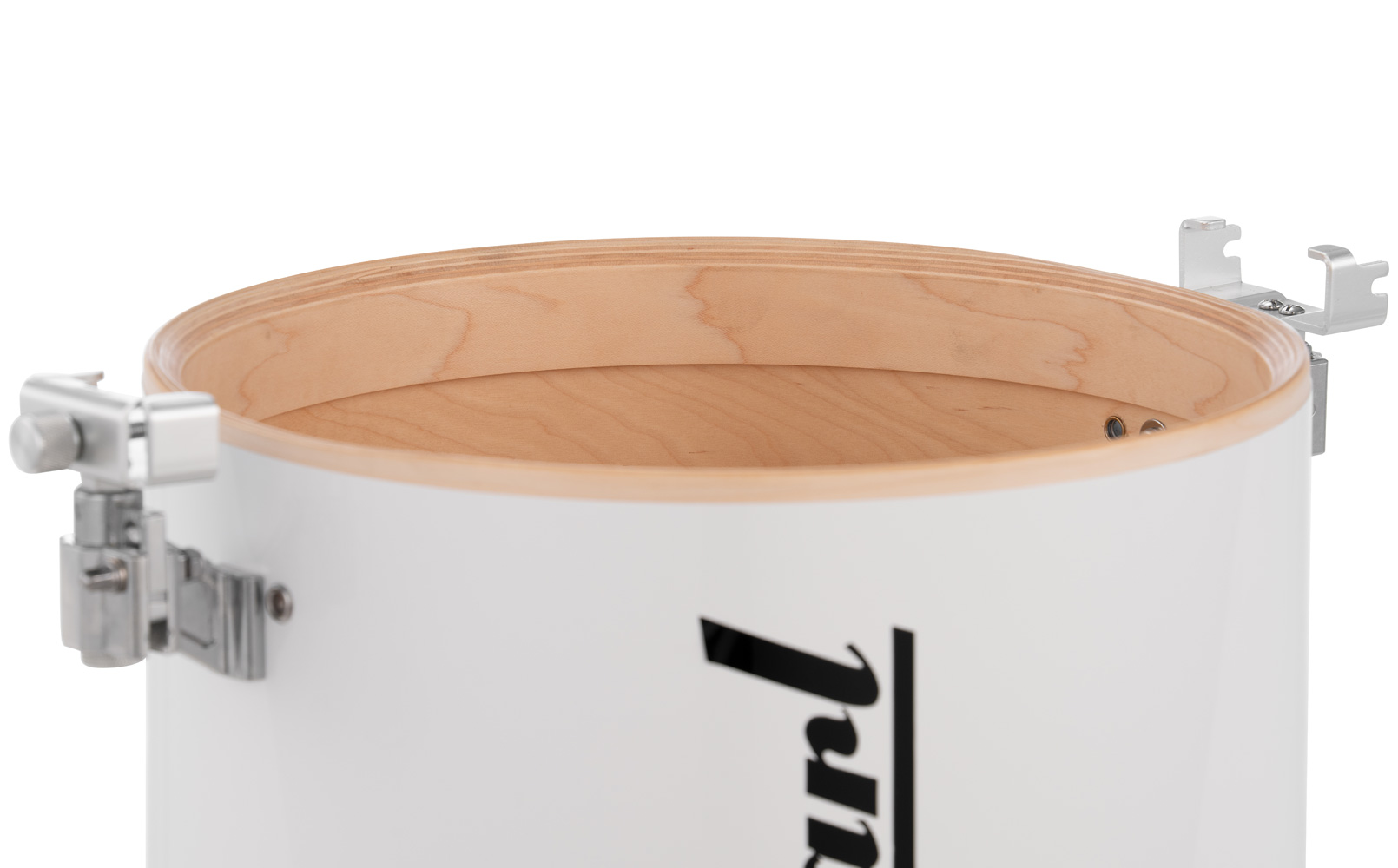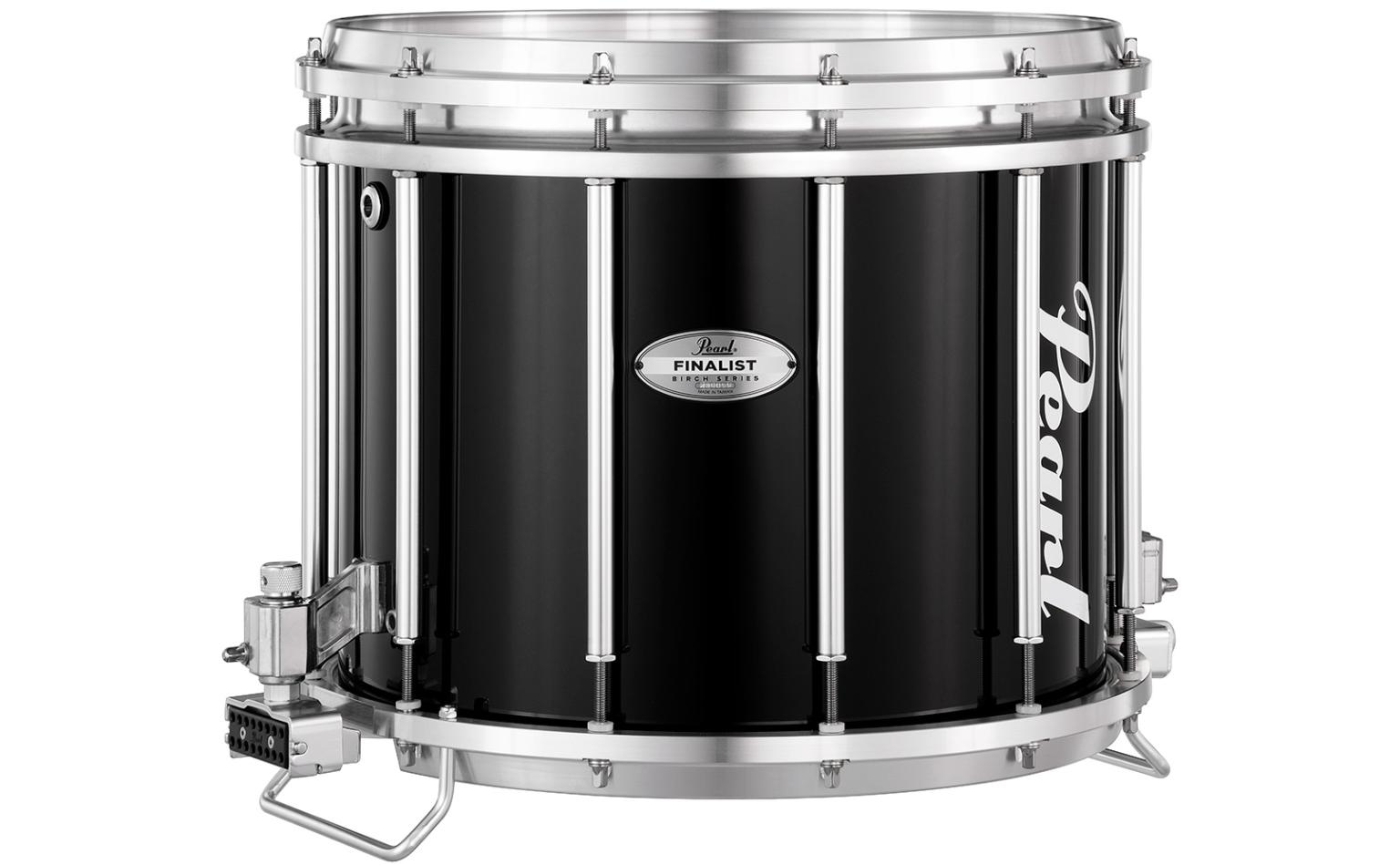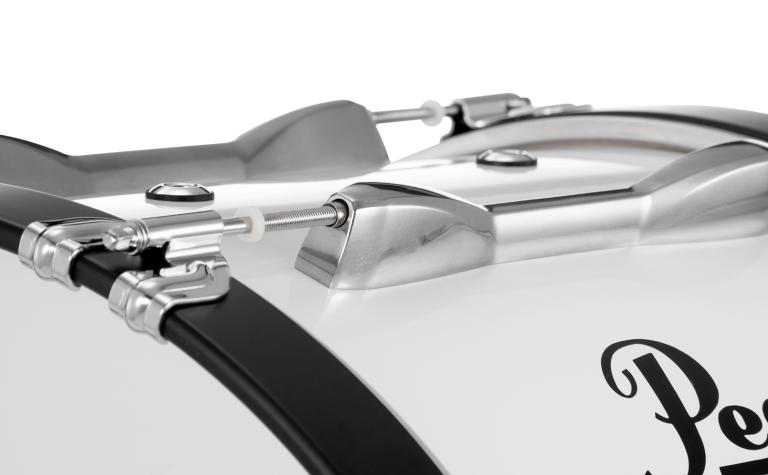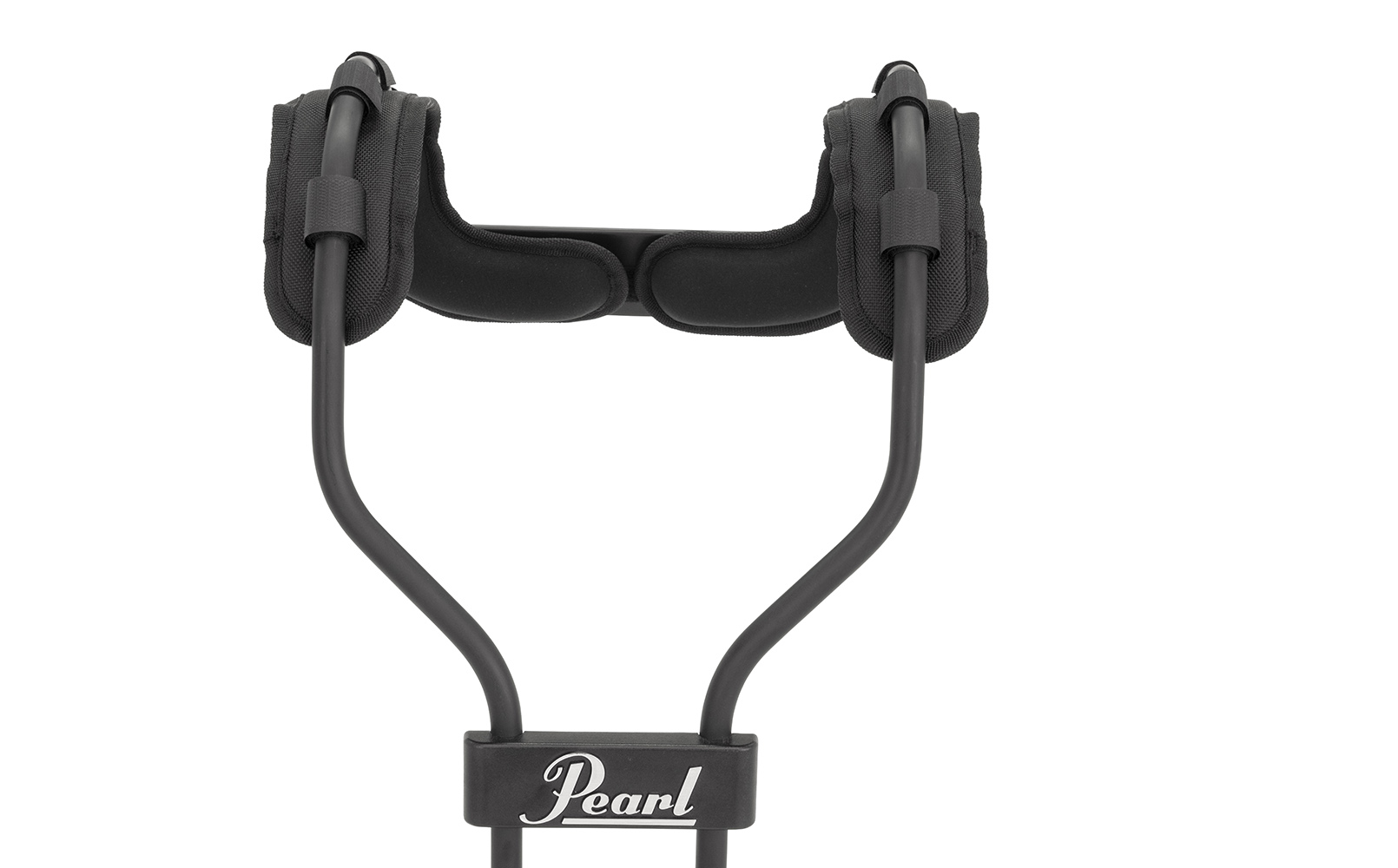
It’s the most wonderful time of the year! As PASIC 2024 descends upon Indianapolis in just a little over a week, we thought we would share some of the top sessions we feel would be valuable to a music educator attending the event. There are so many options to choose from when attending PASIC and we tried to balance variety of sessions while also highlighting certain sessions we feel a music educator specifically would benefit the most from attending, with a few must see/can’t miss clinics thrown in as well!
Wednesday November 13th, 2024
8:00 pm – Antonio Sanchez & Bad Hombre with Thana Alexa, BIGYUKI & Lex Sadler
Sagamore Ballroom
One of the best professional drummers in the world, Antonio Sanchez has been lighting up the stage for years and has even being selected as Modern Drummer’s “Jazz Artist of the Year” in the past. Joined on stage by an awesome line-up of musicians, this concert will be an excellent way to start PASIC 2024. Grab a bite to eat in Downtown Indy and find your way to Sagamore Ballroom where you can sit back, relax, and take in the good fun that is sure to happen on stage. This is a MUST SEE!
Thursday November 14th, 2024
9:00 am – Aledo High School Percussion Ensemble
Wabash Ballroom
There is no better way to do some research on new music or find inspiration than watching your fellow colleagues from across the country. Under the direction of Scott Stephens, this is a great way to start your first full day at PASIC 2024!
10:00 am – Fabian Ziegler, music by John Psathas – Innovation of New Works and Technology in Percussion Repertoire
Sagamore Ballroom
This session will for sure be a crowd pleaser. With special guest the John Psathas Percussion Project, this concert will explore new and recent works from John Psathas and looks to be an audio and visual blended concert. If you have never witnessed the energy in John Psathas works in person, this concert is highly recommended.
11:00 am – Chelsea Levine and Thomas Claeson – Money & Marketing for Musicians – Lessons Learned from Being Self-Employed
Room 201
If you dabble with private teaching, are a composer, teach drumline at a school, or are trying to break into the market of product design, this session will answer many of the questions you likely already have but are afraid to ask. This session will focus on topics like websites, social media, revenue streams and more.
12:00 pm – University of North Alabama – New Percussion Literature Showcase
Wabash Ballroom
New works for percussion ensemble will be presented by Tracy Wiggins and the students at the University of North Alabama. All the works on this concert will have been completed in the last five years.
1:00 pm – GRAB some LUNCH (there are many great sessions during this time but this is a good chance to take a break and refuel for the rest of the day
2:00 pm – Expo Hall Time – Go check out some of the great new product being launched this year at PASIC. Perhaps do a little window shopping for what you might want to purchase for yourself or your music program.
3:00 pm – RCC Show Design – The Idea Dictates the Process
Room 201
As a school educator you likely are involved in the marching arts, whether it be during marching season or during indoor percussion season if you school participates. This session will take you into the minds and process of how RCC goes about design a show. This is a great opportunity to learn from some of the best in the business as you get your show design going for the upcoming indoor percussion season in 2025.
4:00 pm – Peter Erskine – The Use of Melody in Teaching the Drum Set
500 Ballroom
Not much to say here. Erskine is a legend in the drumming world and every opportunity should be taken to see and learn from on of the masters of his craft. With an ode to drummers like Max Roach, this session will help with audience find their own melodic voice through the drums. This is a CAN’T MISS session!
5:00 pm – Scott Johnson & Pat Petrillo – SNAREdrumSET
Room 125
This session is a great way to explore the connection that rudiments have in both snare drumming and drum set. Learn from two two educators and performers on how you can take your playing to the next level, regardless of the idiom.
8:00 pm – Stefon Harris & Blackout
Sagamore Ballroom
This evening concert will feature Stefon Harris and his band Blackout. One of the best jazz vibraphonist in modern times, Stefon brings an eclectic style and blends funk, R&B, jazz, and more to create songs and adaptations that stand out above the rest. Definitely on you don’t want to miss!
Friday November 15th, 2024
9:00 am – CCPEC – High School Division
Room 105
The Concert Percussion Ensemble Competition takes placed from 9:00 am to 3:00 pm in Room 105. Featuring high schools from around the country that have signed up to partipate. We think this is a great way to support the hard work and dedication of student percussionist. In 15 minute intervals, you can pop in and out at various times throughout the day and see some excellent performances.
10:00 am – University of Texas at Arlington – Showcase Concert
Sagamore Ballroom
There is no better way to do some research on new music or find inspiration than watching your fellow colleagues from across the country. Under the direction of Andrew Eldridge, this is a great way to start your second day at PASIC 2024!
11:00 am – Quinton Robinson – From Practice to Performance: A Drummer’s Journey to Broadway and Beyond
500 Ballroom
While Quinton Robinson will focus on his journey as a drum set player, it sounds like this session will cover some topics that relate to all percussionist and music educators with regard to a journey of musical and educational growth. The added benefit is you’ll be able to check out some awesome drumming! The audience Q&A session will be an intriguing part of this session as well.
12:00 pm – Nicholas Papador with the Heartland Marimba Quartet – Vessels of Song: Precedents of Klezmer Suites for Mallet Ensemble
Wabash Ballroom
Take a journey of klezmer music as performed by these wonderful musicians. This session will be rich with style and history and one we think will be a good mid day concert!
1:00 pm – Grab some Lunch and Hit the Expo Hall – Go check out some of the great new product being launched this year at PASIC. Perhaps do a little window shopping for what you might want to purchase for yourself or your music program.
3:00 pm – Sammuel Torres – Hands of Fire: Igniting Latin Percussion Dynamics and Control
Room 125
Spice things up with this session and learn of tips and tricks you can take back to use in your jazz ensembles and percussion ensembles for an even more authentic sound and feel. Samuel will cover topics such as rhythmic language, connecting different styles, and finding your voice. A great chance to learn from on of the best!
5:00 pm – Generations Trio featuring David Friedman
Wabash Ballroom
David Friedman is one of the most influential vibraphonist ever and any chance you have to see him in person is not worth passing up. The concert is the first release of the new album from this trio and looks to be very exciting indeed!
8:00 pm – So Percussion – Evening Concert
Sagamore Ballroom
As far as professional percussion groups performing around the world today, few top the creativity, skill, and refinement that is offered by So Percussion. This evening concert will cover music from their last couple of seasons and will have a wide variety of style and intrigue. If you are a fan of new music and concert percussion ensembles, this concert is right up your alley!
Saturday November 16th, 2024
9:00 am – Birdville High School – Showcase Concert
Wabash Ballroom
Another great concert to get your day going on the last day of PASIC 2024! Led by Akira Robles, this ensemble was the overall winner of the 2024 Pasic IPEC High School division. One of the best high school concerts of the year can be see this day!
10:00 am – RCC Indoor Percussion – Clinic/Performance
Sagamore Ballroom
Keeping with the tradition of bringing in a top marching group each year, this is one that all drummers can enjoy, regardless of specialization. Learn from some of the best while seeing the 16-time WGI medalist throw down some tasty beats!
11:00 am – Blackman Middle School – Showcase Concert
Room 120
Under the direction of David England, this ensemble is one of the finest in Tennessee and has performed around the state at various conventions and days of percussion. This is a great opportunity to see younger students performing at a high level. Take the time to see them perform and be motivated to bring back some great music and motivation to your younger students. We think this is a MUST SEE for all music educators!
12:00 pm – GRAB some LUNCH and visit the EXPO hall one last time(there are many great sessions during this time but this is a good chance to take a break and refuel for the rest of the day)
1:00 pm – John Beck with the UNC Professors – Your Ear Drum: The Most Important Instrument You Own
Room 205
Join this awesome panel with discussions on Health and Wellness and demonstrate things that lead to hearing loss in percussionist. Most importantly they will offer proven solutions to protect your hearing and prolong your career. As music educators, you can take what you learn from this session and put it into action IMMEDIATELY!
2:00 pm – Russ Miller – Developing Your Sound
500 Ballroom
Russ Miller has been known as a premier clinician for many years and this session should be no different. Whether your forte is drum set or not, his tips and tricks on touch, musical playing, and sound quality can transfer to anything you teach!
3:00 pm – Laura Noah – Two World: Marching and Orchestra and the Skills Between
Room 205
One of the most often asked and debated questions in percussion is how much crossover their is between marching and concert skills. This session looks to answer this exact question. We a deep dive on timing, balance, and character, we think this may be one of the most informative/transformative sessions of the whole convention!
6:00 pm -The US Army Blues with Mike Clark, Peter Erskine, Colleen Clark, Greg Hutchinson, Maria Marmarou, and Steve Fidyk
Sagamore Ballroom
Close out PASIC 2024 with the US Army Blues joined by some of the top names in drumming!
Of course with BOA Grand Nationals happening at the same time, you may find yourself going back and forth between events throughout the weekend, but we hope this guide can help you find some great clinics and concerts while at PASIC! Regardless of what events you choose to attend we hope this list can be a starting point for you to start to build the schedule that fits your likes and dislikes!
While it’s too late to preregister, you can still come and register on site in Indy. For more information visit https://pas.org/pasic/registration/.

